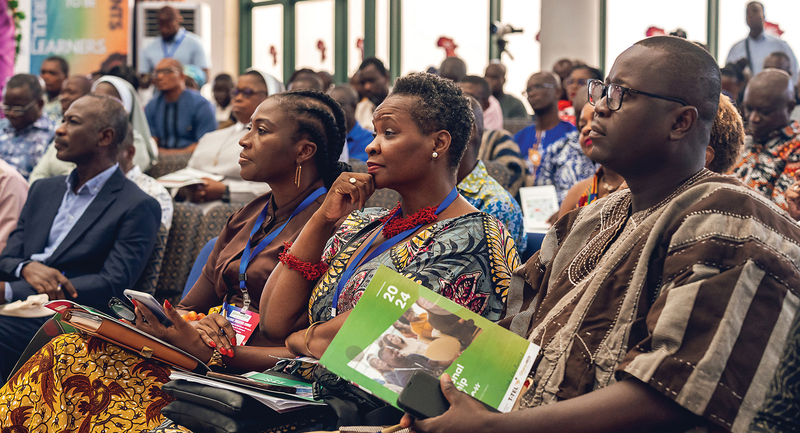To be sure, the job demanded of educational leaders today is extremely complex, and effective instructional leadership is but one part of the picture, albeit a significant one. How can school leaders integrate the concept of effective instructional leadership?
Establishing a well-built climate is one approach to addressing instructional leadership. An effective instructional climate contains elements necessary to ensure that critical organizational structures and practices focused on student achievement and instruction are put in place and operationalized at all levels of the system.
- Clear goals and expectations for student achievement and classroom instruction.
- Formats and structures for regular teacher interaction.
- Formalized processes for sustained professional development to ensure all staff have the skills necessary to attain goals.
- Systems for formally monitoring and evaluating progress.
- Allocation of resources to accomplish goals.
- Collective, shared leadership to ensure goals and expectations are met.
To establish these elements, educational leaders must explicitly convey the nonnegotiable expectation of effective teaching in every classroom. Clearly articulated, data-driven goals for student achievement and classroom instruction requiring the use of research-based strategies set the tone for a successful instructional climate.
Strong instructional leaders analyze data from a variety of sources to identify overarching achievement goals and drive improvement efforts within and across content areas. Research has shown that an instructional leader who uses data in the decision-making process has a significant effect on the overall academic achievement of students.
An effective instructional leader is knowledgeable about research-based, student-centered instruction, models the use of these strategies, and requires implementation of appropriate research-based strategies within the classroom and as a component of continuous improvement plans.
Instructional leaders should establish regular spaces and places for teachers to collaboratively plan and review instruction, as well as monitor the effect instruction has had on student achievement. Consistent times, structures, and support for this collaboration are essential. Formalizing teacher collaboration as an operational norm of the instructional climate also facilitates the necessary "de-privatization of practice" that encourages teachers to observe one another, model and share best practices, and learn from one another.
Professional development that provides training opportunities, support, and follow-up required for teachers to strengthen their content knowledge and ascertain research-based instructional strategies is essential. The instructional leader must also embody continuous improvement and learning, both alongside staff and independently. As educators, we must consistently model the lifelong learner concept.
A well-planned, systematized process for allocating resources to accomplish the student achievement and classroom instruction goals is also critical. This requires having a clear understanding of the needs of the system, thoughtful preplanning, and the use of data to target resources. The instructional leader must demonstrate an unwavering commitment to the pursuit of goals and expectations by planning for, and striving to ensure, adequate resource allocation.
No matter what roles or responsibilities you have in the education of a child, I challenge you to be impatient to learn more, reflect more, and practice, practice, practice—because that is how we become experts in our profession. An effective instructional climate depends upon the collective leadership of the staff being focused on the student. While an educational leader understands the essential elements of curriculum, instruction, and assessment, he or she also knows that true, sustained achievement can only be accomplished by sharing leadership responsibilities. Empowering teachers to step into leadership promotes ownership and shifts accountability from an outside force to an internal expectation. When all staff is actively engaged and contributing toward student achievement, learning, teaching, and leading will reach new heights.








